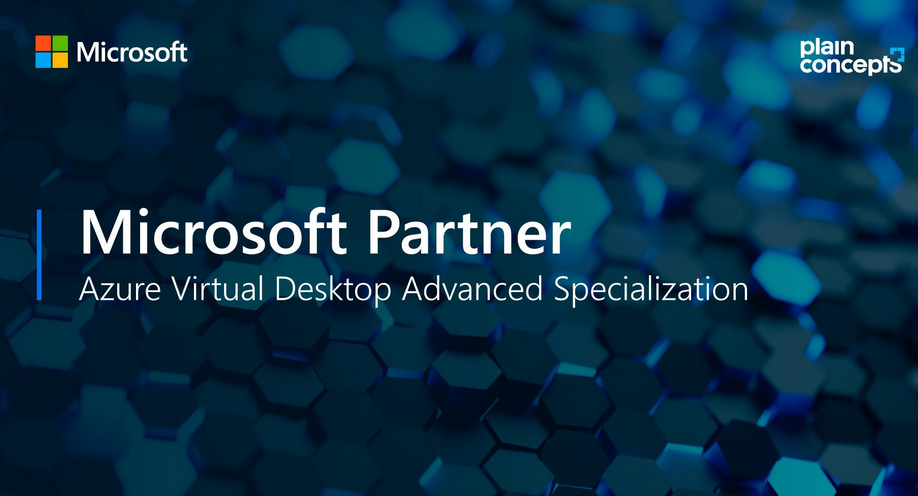
Self-Service – Business Intelligence
Self-Service The responsibility for delivery has been shifting from the IT area to the business area. Driven by business’ desire for more control and ownership, business teams responsible for digital delivery often have little or no link to the IT department. While this is a positive trend, there is a risk that organizations will become

Designing secure VPCs – Infrastructure Security – Keeping Your VPC secure
Designing secure VPCs Our first stop in this chapter is designing secure VPCs. A VPC is a virtual network dedicated to your AWS account, and its design plays a crucial role in the overall security of your AWS resources. In this section, we will walk you through key security considerations and best practices to ensure

Virtual private networks (VPNs) – Infrastructure Security – Keeping Your VPC secure
Virtual private networks (VPNs) VPNs are essential for creating secure communication channels over the internet and connecting VPCs to on-premises networks or other external networks. There are two types of VPNs: Integrating key VPC components The following diagram (Figure 2.1) presents a standard VPC structure featuring two private subnets across two AZs. It highlights how

Step to Create Data Strategy – Business Intelligence
Step to Create Data Strategy There is a ten-step process to create a data strategy document, as follows: 1. Build awareness: This is a first step that creates awareness of the issue and acknowledges the need to create an enterprise strategy and enterprise program. To do so, create awareness about the pain areas related to

Step to Create Data Strategy 3 – Business Intelligence
7. Develop a roadmap: Create a roadmap based on any recommendations. This roadmap could range from three to five years. For example, you were advised to start and increase the maturity of analytics. This is done in two major steps. The first step is to enable access to historical data, tools, and skills for individuals

Cloud security challenges – Introduction to AWS Security Concepts and the Shared Responsibility Model
Cloud security challenges Despite the numerous benefits of cloud computing, it also introduces a unique set of security challenges that organizations must address. These challenges stem from the inherent characteristics of the cloud, such as its shared, on-demand nature, and the fact that it often involves storing and processing sensitive data in third-party data centers.

Visibility and control – Introduction to AWS Security Concepts and the Shared Responsibility Model
Visibility and control In the realm of cloud security, visibility and control are critical aspects. Unlike traditional on-premises environments where infrastructure is physically accessible and operations are often static, the cloud introduces a dynamic, scalable, and distributed environment that necessitates a different approach to maintaining visibility and control. Visibility in the cloud is about having

Speed of innovation – Introduction to AWS Security Concepts and the Shared Responsibility Model
Speed of innovation The speed of innovation in the cloud is both a boon and a challenge when it comes to security. On one hand, rapid innovation allows for the quick deployment of new features and services that can enhance security. On the other hand, it can also introduce new vulnerabilities and complexities that need

Security “of” the cloud – Introduction to AWS Security Concepts and the Shared Responsibility Model
Security “of” the cloud AWS is responsible for securing the underlying infrastructure that runs all of the services offered in the AWS cloud. This includes fundamental infrastructure components, such as the hardware, software, networking, and facilities that house AWS cloud services. AWS’s responsibility of the cloud includes a wide range of security measures, such as

Shared responsibility in practice – a closer look at AWS compute – Introduction to AWS Security Concepts and the Shared Responsibility Model
Shared responsibility in practice – a closer look at AWS compute The shared responsibility model extends across AWS compute services, but the specific breakdown varies based on the level of abstraction. Here is how it applies to different options: The following figure (Figure 1.2) illustrates the division of responsibilities among those options: Figure 1.2 –
Archives
- August 2024
- July 2024
- June 2024
- May 2024
- April 2024
- March 2024
- February 2024
- January 2024
- December 2023
- October 2023
- September 2023
- August 2023
- July 2023
- May 2023
- March 2023
- January 2023
- December 2022
- November 2022
- August 2022
- June 2022
- April 2022
- March 2022
- January 2022
- December 2021
- October 2021
- August 2021
- June 2021
- April 2021
- March 2021
- January 2021
